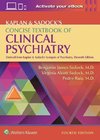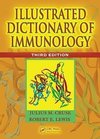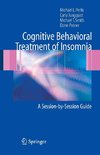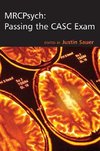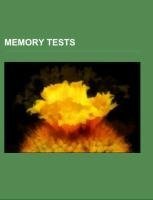
Memory tests
Source: Wikipedia. Pages: 26. Chapters: 1-2-AX working memory task, Barnes maze, Bender-Gestalt Test, Benton Visual Retention Test, Brown-Peterson task, California Verbal Learning Test, Clinical Dementia Rating, Continuous Performance Task, Corsi block-tapping... Viac o knihe
Produkt je dočasne nedostupný
14.08 €
bežná cena: 16.00 €
O knihe
Source: Wikipedia. Pages: 26. Chapters: 1-2-AX working memory task, Barnes maze, Bender-Gestalt Test, Benton Visual Retention Test, Brown-Peterson task, California Verbal Learning Test, Clinical Dementia Rating, Continuous Performance Task, Corsi block-tapping test, Doors and People, General Practitioner Assessment Of Cognition, Glasgow Coma Scale, Hayling and Brixton tests, Indirect tests of memory, Lexical decision task, Mini-mental state examination, Retrieval-induced forgetting, Spontaneous alternation, Stroop effect, Task switching (psychology), Testing effect, Wide Range Assessment of Memory and Learning, Second Edition. Excerpt: Indirect memory tests assess the retention of information without direct reference to the source of information. Participants are given tasks designed to elicit knowledge that was acquired incidentally or unconsciously and is evident when performance shows greater inclination towards items initially presented than new items. Performance on indirect tests may reflect contributions of implicit memory, the effects of priming, a preference to respond to previously experienced stimuli over novel stimuli. Types of indirect memory tests include The Implicit Association Test, The Lexical Decision Task, The Word Stem Completion task, Artificial Grammar Learning, and Word Fragment Completion. The Implicit Association Test is a testing method designed by Anthony Greenwald, Debbie McGhee and Jordan Schwartz, and was first introduced in 1998. The IAT measures the associative strength between categories (e.g. Bug, Flower) and attributes (e.g. Bad, Good) by having participants rapidly classify stimuli that represent the categories and attributes of interest on a computer. During four of the seven trial blocks in an IAT, categories and attributes share a response key (e.g. Bug or Bad, Flower or Good), with the underlying assumption being that participant response times will be quicker when the category and attribute are more closely associated. An Implicit Association Test: Participants must sort stimuli that appear in the middle of the screen into the appropriate group on the left or rightThe first two trial blocks have participants match stimuli only to categories or attributes, to allow participants to practice grouping the stimuli (Bug, Flower). The third and fourth trial blocks mark the first occurrence that a category and attribute share a response key, and during these blocks, categories and attributes are grouped in a congruently associative manner (e.g. Bug with Bad, Flower with Good ). The fifth trial block has the category labels switch sides, and gives participants a ch
- Vydavateľstvo: Books LLC, Reference Series
- Formát: Paperback
- Jazyk:
- ISBN: 9781155884981

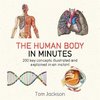

 Anglický jazyk
Anglický jazyk 